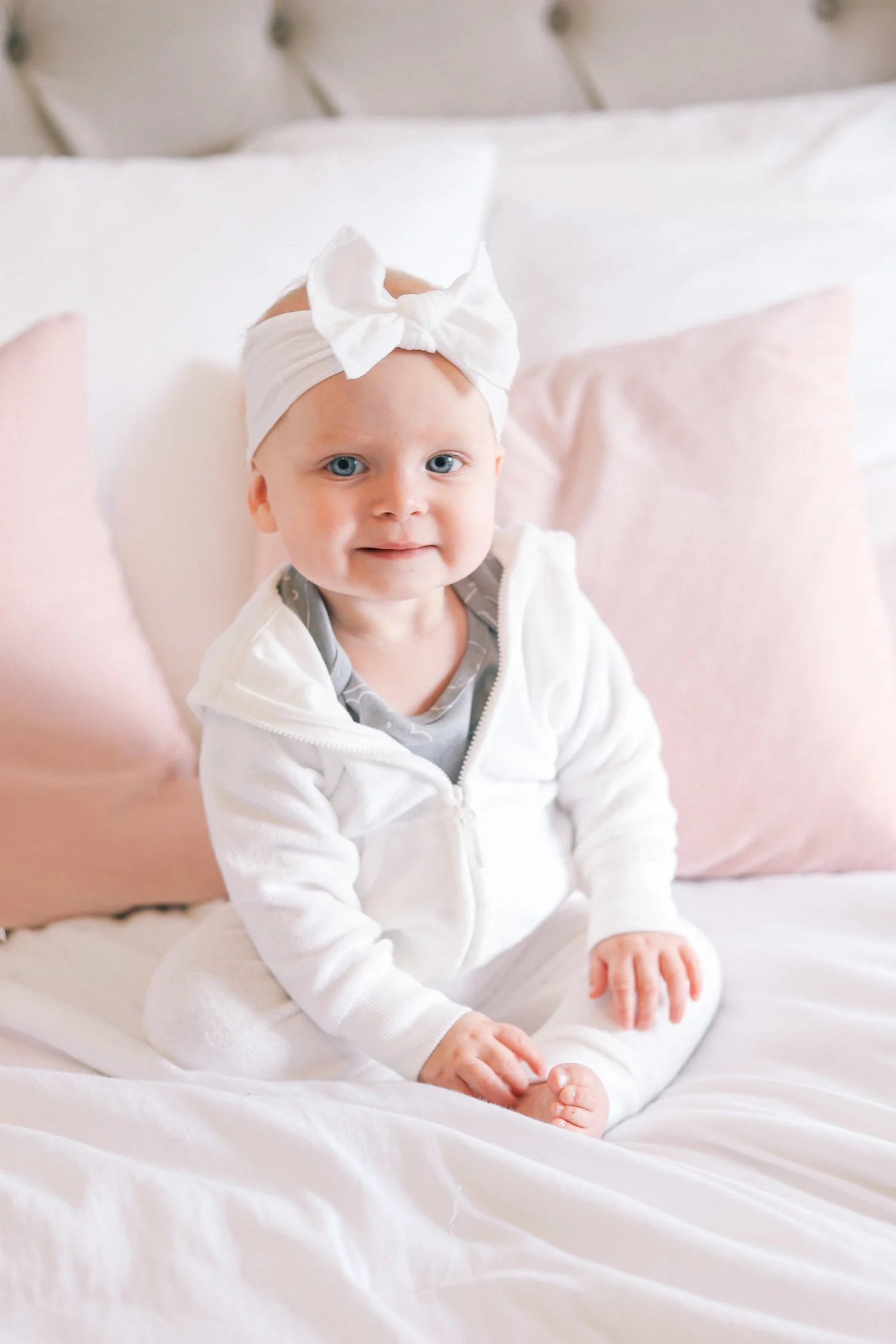Updated: May 27, 2021
Originally Published: March 29, 2016
My 3-year-old daughter, Lily, sat on the floor in front of her baby brother’s walker, captivated by a rattle dangling from the tray. Her fingers expertly twisted the rings around its base, while her brother, Ben, gazed at her with a blend of admiration and curiosity. He smiled and reached his pudgy arm over the yellow plastic tray, gently touching her cheek.
“He touched my face,” Lily exclaimed.
“That’s because he loves you. You’re his big sister,” I replied, winking at her. A quiet smile spread across her face as she looked back at Ben.
Just six and a half months ago, we were in the hospital, and Lily was cradling her newborn brother, her serious yet calm demeanor revealing her fascination with his tiny features. She had even kissed his nose. But once we returned home, everything changed. Lily wanted nothing to do with Ben—she avoided him, even leaving the room to escape his presence. The once independent, cheerful little girl seemed to vanish. She stopped smiling, talking, and even using the potty, replacing her joyful demeanor with screaming, yelling, and temper tantrums over trivial things.
I found myself utterly lost. When I had given birth to Lily, her sister was just 18 months old and indifferent to the idea of a new baby. I hadn’t anticipated this regression or prepared for it. The weeks that followed were exhausting as I struggled to connect Lily with Ben and maintain my bond with her. I encouraged her to help with the baby, join us, and show affection, but nothing seemed to work.
I felt like a pinball, bouncing between my children, overwhelmed by the demands of three little ones. I cried, buried my face in pillows, feeling guilt and frustration wash over me. I desperately wanted to give each child equal time and attention, but my efforts were futile. My patience wore thin, and I found myself fighting tears, feeling utterly drained.
One afternoon, I stumbled downstairs to find Lily in the baby swing that used to belong to her when she was younger and much smaller. She sat quietly, a pacifier in her mouth, her purple sundress askew across her knees. Her longer legs barely touched the floor as she gently swung back and forth, staring blankly at the wall. My heart sank for her.
While I was busy adapting to life with a new baby, Lily was grappling with her new identity—not a baby anymore, but not quite a “big girl” either. The confusion and fear of being replaced must have been overwhelming for her. As she swung, nursing a pacifier that no longer belonged to her, it struck me how her world had been turned upside down.
At her pediatrician’s wellness checkup, I was exhausted and worried, and as I stared at the white tissue paper on the exam table, the doctor paused mid-sentence. “You know,” she said, “no one recognizes when a toddler has been upstaged quite like a toddler. Give her about six months to adapt to her new role. She’ll be alright.”
And she was. About six and a half months after Ben’s arrival, while playing with that rattle, Lily smiled back at him when he reached out to touch her face again. Her hair glowed in the late afternoon sun like spun gold. For the first time, I recognized the little girl she had grown into.
She looked up at me and smiled, and I returned the gesture. Then, she shrugged her shoulders and giggled, before leaning down to kiss Ben’s nose.
One of the best pieces of parenting advice I received was that every challenging phase is temporary. I kept this in mind through sleepless nights, teething, and tantrums. I worried that this regression would be a permanent state for us, but it was indeed temporary. As we passed that six-month mark, things started to shift. It wasn’t immediate, but Lily and I are back on track with her milestones. Though she doesn’t always engage with Ben, she acknowledges him and sometimes even wraps her arms around him for a kiss.
For more insights on navigating parenting challenges, check out this post on home insemination kit and consider exploring this informative resource about pregnancy and home insemination.
Summary
In this heartfelt reflection, Emily shares her experience of navigating her toddler Lily’s regression after the birth of her baby brother Ben. Initially, Lily struggles with her new role as a big sister, displaying behavioral changes that leave Emily feeling overwhelmed. With time and guidance from her pediatrician, Lily gradually adapts and begins to embrace her new identity, leading to a renewed bond between the siblings.
